Do you need to buy tiles for a kitchen or a bathroom, and are you unsure what pattern you should pick? If so, do not worry! There are numerous patterns and types of tiles to choose from, which makes this task a bit challenging but also enjoyable.
Furthermore, this is a long-term investment, so logically, you will take time and research before purchasing the tiles. In addition, you have to consider the overall look and whether the chosen pattern will fit the bathroom’s or kitchen’s aesthetics.
Considering that now you can find dozens of different patterns, you can effectively use them to transform your initially simple-looking bathroom into a stunning area.
Before dealing with the type of tile patterns, let’s check out the advantages of tiles and how to choose the most suitable ones.
Types of Tile Patterns
There are several reasons why you should use tile patterns in your home. As you already know, tiles are very durable and low-maintenance, which makes them ideal for bathrooms and kitchens.
Furthermore, today there is an infinite number of patterns available on the market, which might be more of a problem rather than an advantage. Why? Well, making your choice with so many distinctive and exciting options is hard.
Their ability to create different looks and bring a dash of retro, traditional, or modern vibes makes tile patterns very attractive. Choosing the right design can make a huge difference in your space if you like to spend time decorating and remodeling your house.
However, there are some factors that you should consider before falling in love with a specific pattern. Although some value aesthetics more than functionality, when we are talking about an area such as a bathroom, you need to think about the quality of the tile
Therefore, think about the durability, the ideal size, the tile finish, where the tiles will be installed, and then design.
What Kind of Tile Patterns Are There?
1. Herringbone Pattern
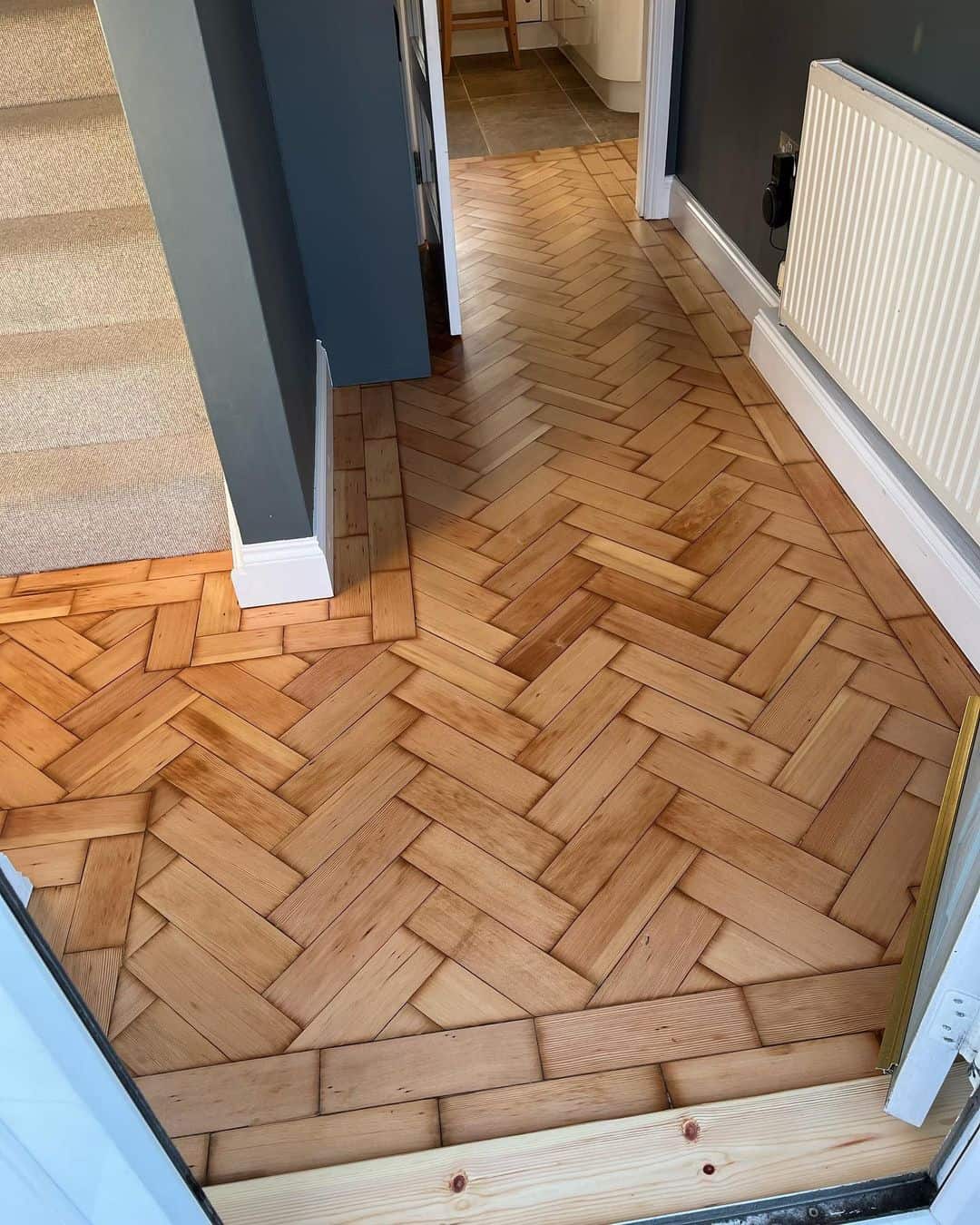
What is a herringbone pattern? It is a type of very popular pattern that was named due to its resemblance to the skeleton of the herring. This complex design style is very classy and has been popular in Europe for a long time.
To achieve this pattern, the professional usually lays the tiles at right angles in a zigzag form. In order to maximize the overall effect of the design, these tiles are typically laid on the floor length-way along the longest wall. This pattern is versatile and can be combined in a modern or traditional setting.
For example, some use this particular pattern to visually elongate a small room or hallway. Considering the intricacy of the design, it is generally suggested that you combine it with neutral-colored tiles so it does not clash with the bathroom decor.
The herringbone pattern is commonly used on backsplashes for several reasons- it is a great combination that will transform the room. At the same time, the subway or rectangular tiles on this layout create a unique design.
If you feel extra creative or have a specific vision, you can choose contrasting grout colors to draw attention to the design.
2. Chevron Pattern
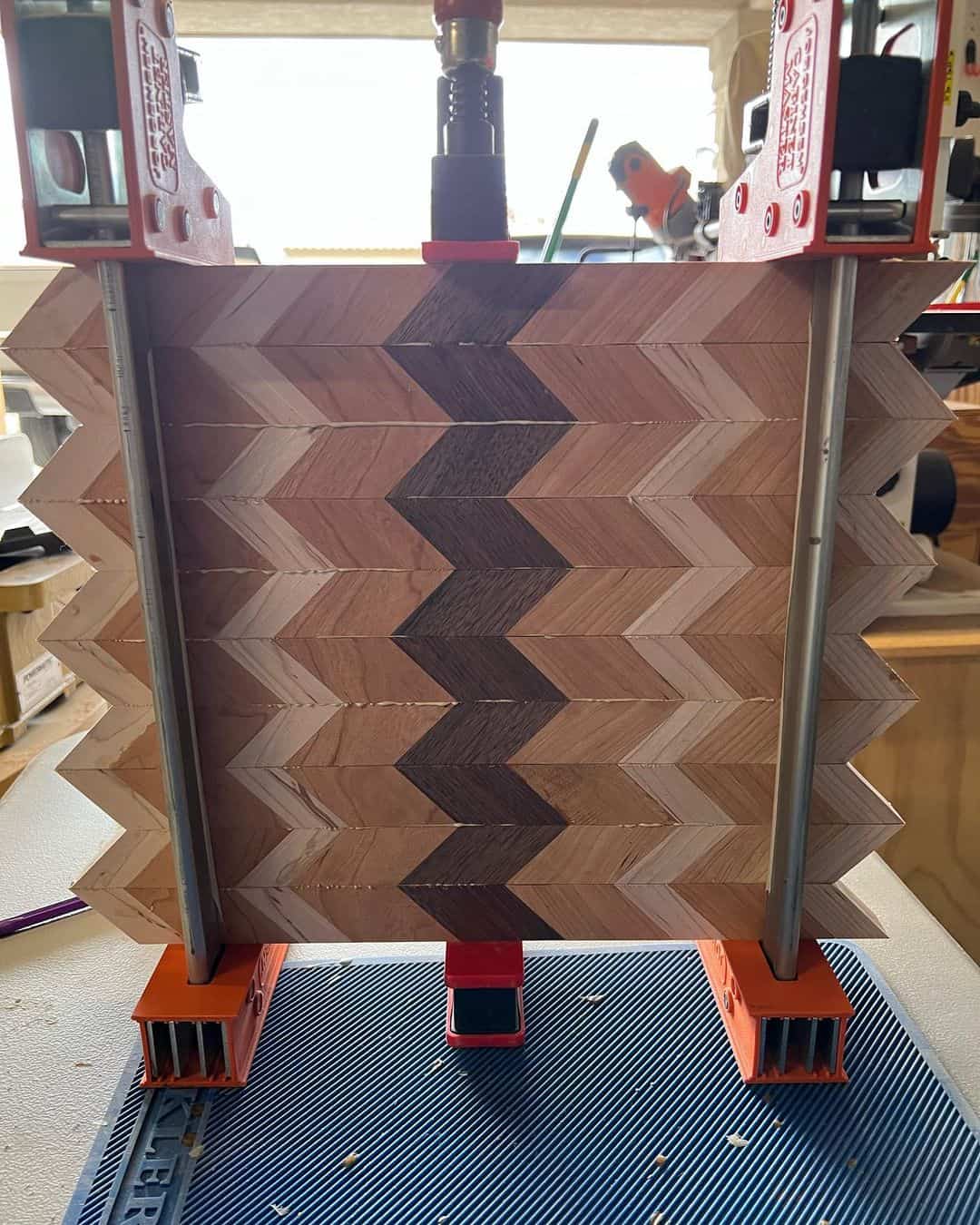
Chevron tile pattern is often associated with herringbone pattern due to their apparent similarity, but they are not the same.
While the herringbone pattern is made by combining complete rectangular blocks, chevron’s pieces come with shorter ends cut at 45 degrees angle or rectangular tiles with angled ends.
Essentially, the chevron pattern is widespread and popular because of its unique ability to immediately transform the room and give it a distinctive, classy aura. Another great advantage of this pattern is its versatility in combining.
For example, if you cannot find a specific shape in the tile that you want to buy, you can cut rectangular tiles to make the pattern. Furthermore, installing these patterns is very easy, mainly because you do not need different sizes of tiles.
Instead, you can use only one tile size and type, which makes this job a piece of cake! If you wish, you can combine different colored tiles to create a very modern look.
3. Brick Pattern
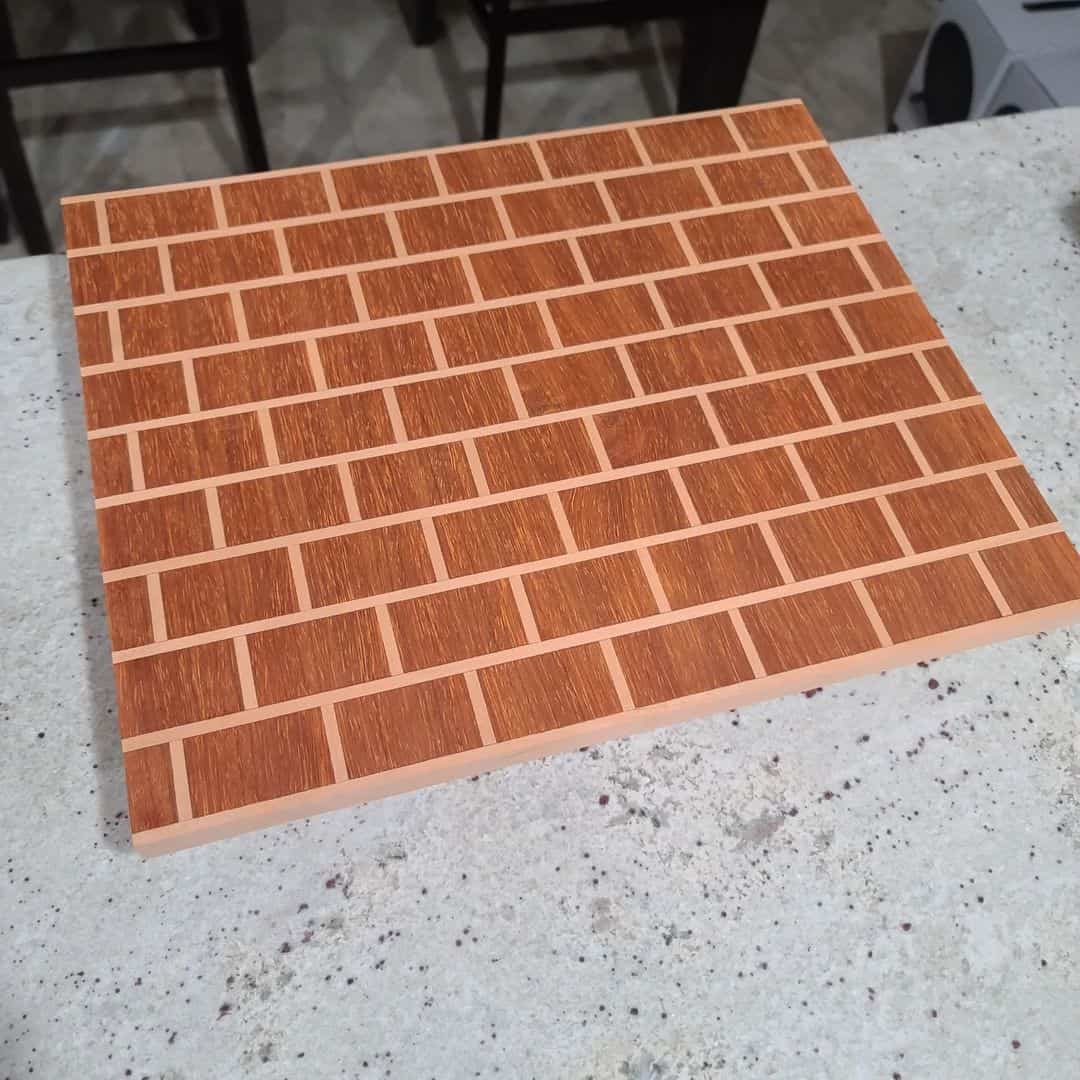
As the name implies, this pattern resembles how the bricks are laid. Also known as running bond or staggered brick, this pattern can be created by combining square or rectangular tiles. You lay them in rows and then shift each row, making an offset pattern.
You should choose this pattern if you want to give your space a unique industrial vibe.
In addition, this pattern has become increasingly popular in the last couple of decades because of its intricacy, which is excellent for masking or hiding flaws, cracks, and any damage. The grout lines also add to this effect.
4. Diagonal Pattern
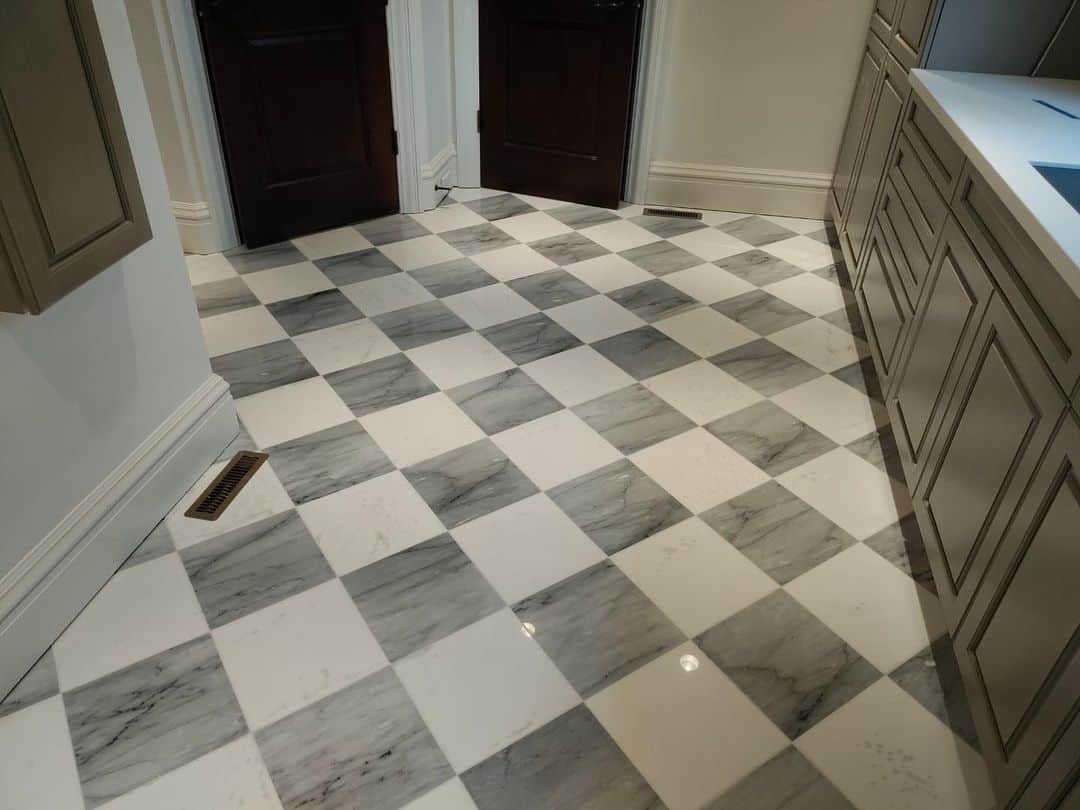
A diagonal pattern refers to a layout technique rather than a specific style. If you are familiar with the grid pattern, the diagonal is very similar, with a minor difference. In a grid pattern, the tiles are laid at a 45-degree angle, making the square tiles into diamonds.
There are several reasons why this pattern is popular- its appearance successfully hides the flaws, cracks, and scratches on the wall and floor tiles.
In addition, it can visually expand the room and make the tiles look more prominent, making it an ideal choice for a smaller bathroom.
5. Hexagon Pattern
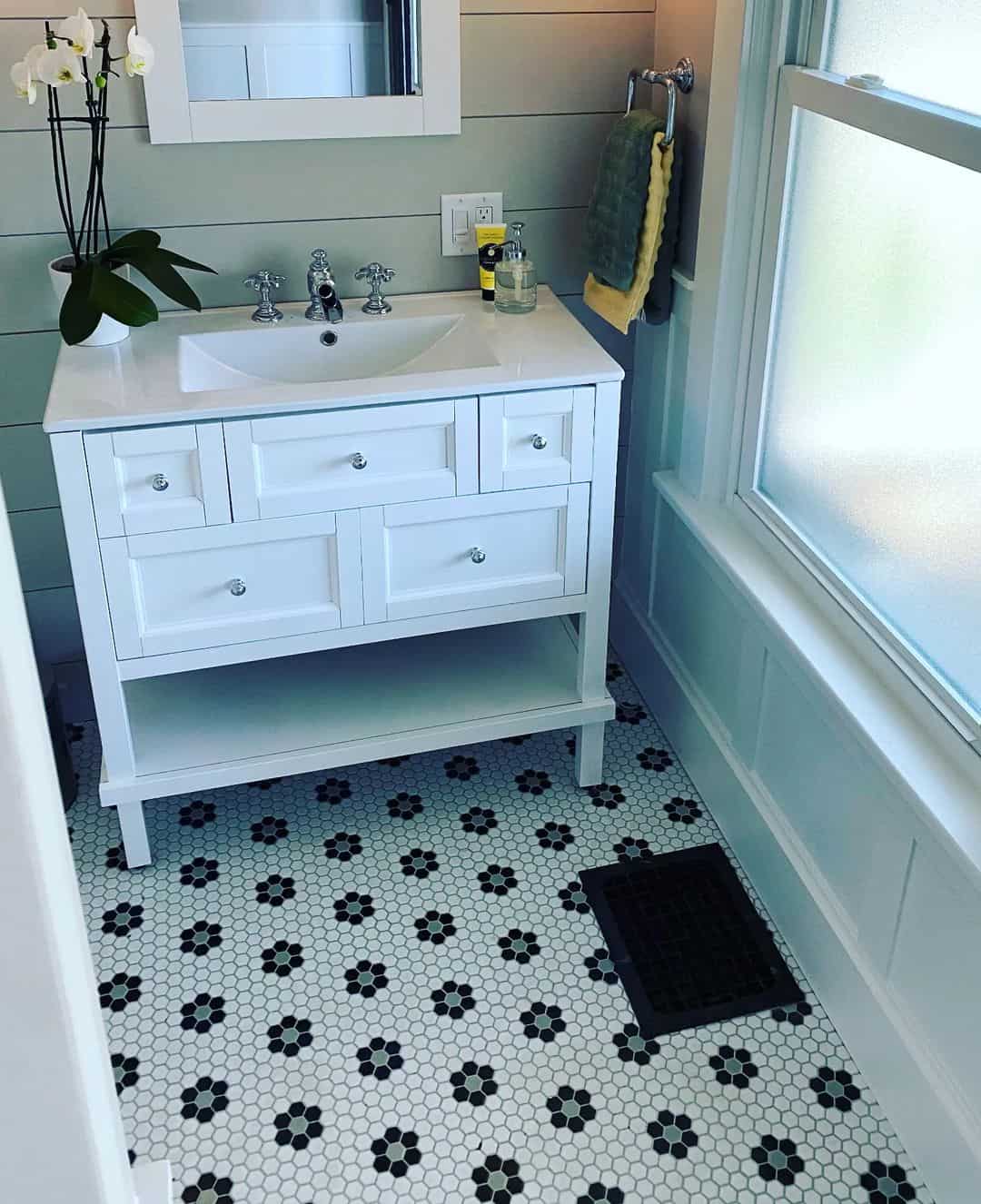
Hexagon is something we learned in geometry, and this specific shape is making a comeback regarding the style and patterns of tiles. Why? Well, it simultaneously gives the room a fascinating, clean, and edgy appearance.
The hexagon pattern is also one of the most popular patterns next to subway and scallop tile patterns. If you are interested in creating this pattern, here is a short video with detailed instructions.
6. Pinwheel Pattern
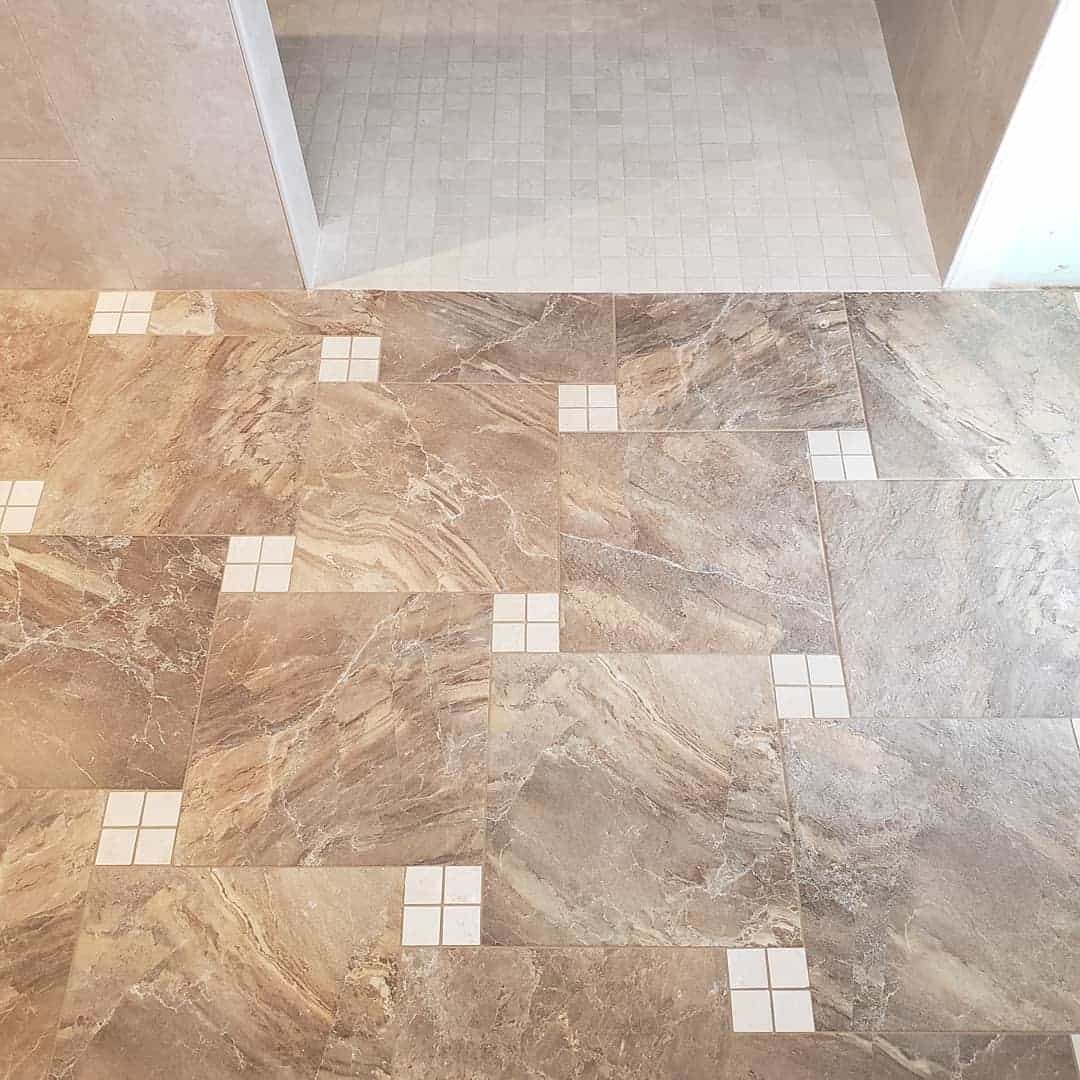
If you are looking for sophistication and style in your tile pattern, the right choice is the pinwheel or windmill pattern. This classic and vintage-looking pattern is created by combining or laying differently sized tiles, the larger and smaller rectangles.
The process is actually very simple; to create this form, you need to arrange four rectangular tiles around one square tile, which you put in the center.
If you feel creative or want to create a more intricate pattern, you can choose tiles in different colors or replace the small square tiles with mosaic tiles to create a contrasting look.
Although the pinwheel pattern might overwhelm the overall decor in the kitchen, it is an excellent choice for a shower or as a border. Furthermore, the Pinwheel pattern is commonly used in architecture and very popular in combination with ceramic tiles.
7. Versailles (French) Pattern
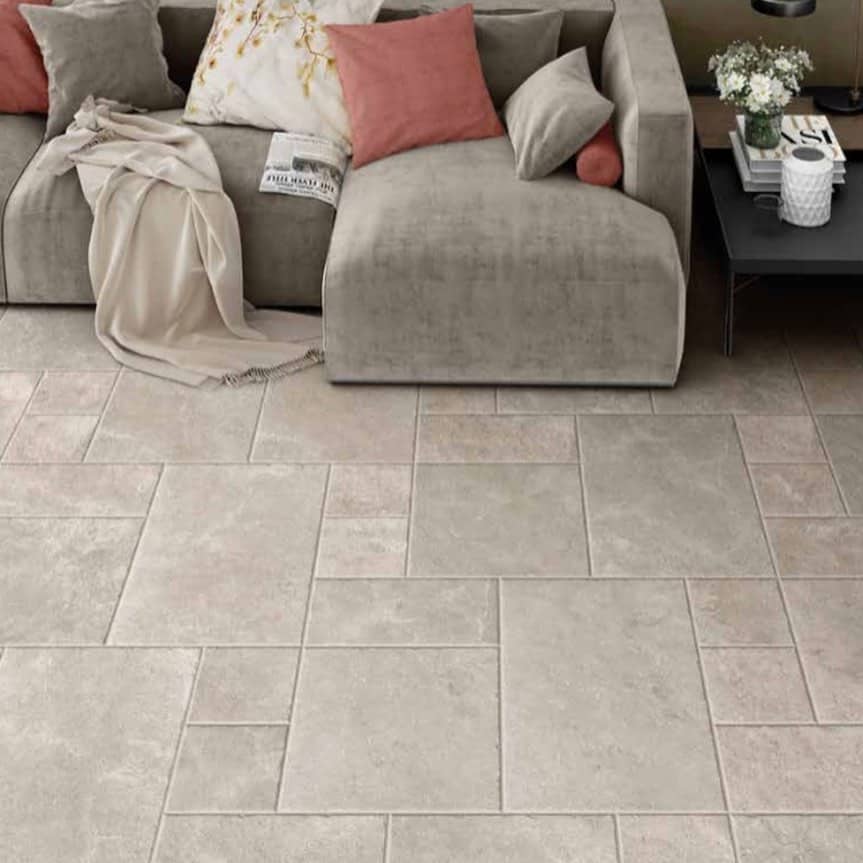
Yes! You have read that correctly; it is the pattern’s name, although it shares it with the world-known town in France called Versailles. This pattern combines square and rectangular tiles to create a design that resembles a puzzle.
Although this particular pattern is trendy, it is also very challenging to create because you need tiles designed for this pattern, meaning the regular ones will not do. Versailles pattern perfectly balances motif and design, especially if you go with neutral colors.
However, it is one of the most complex floor tiles patterns you can choose, so have that in mind!
8. Basket Weave Pattern
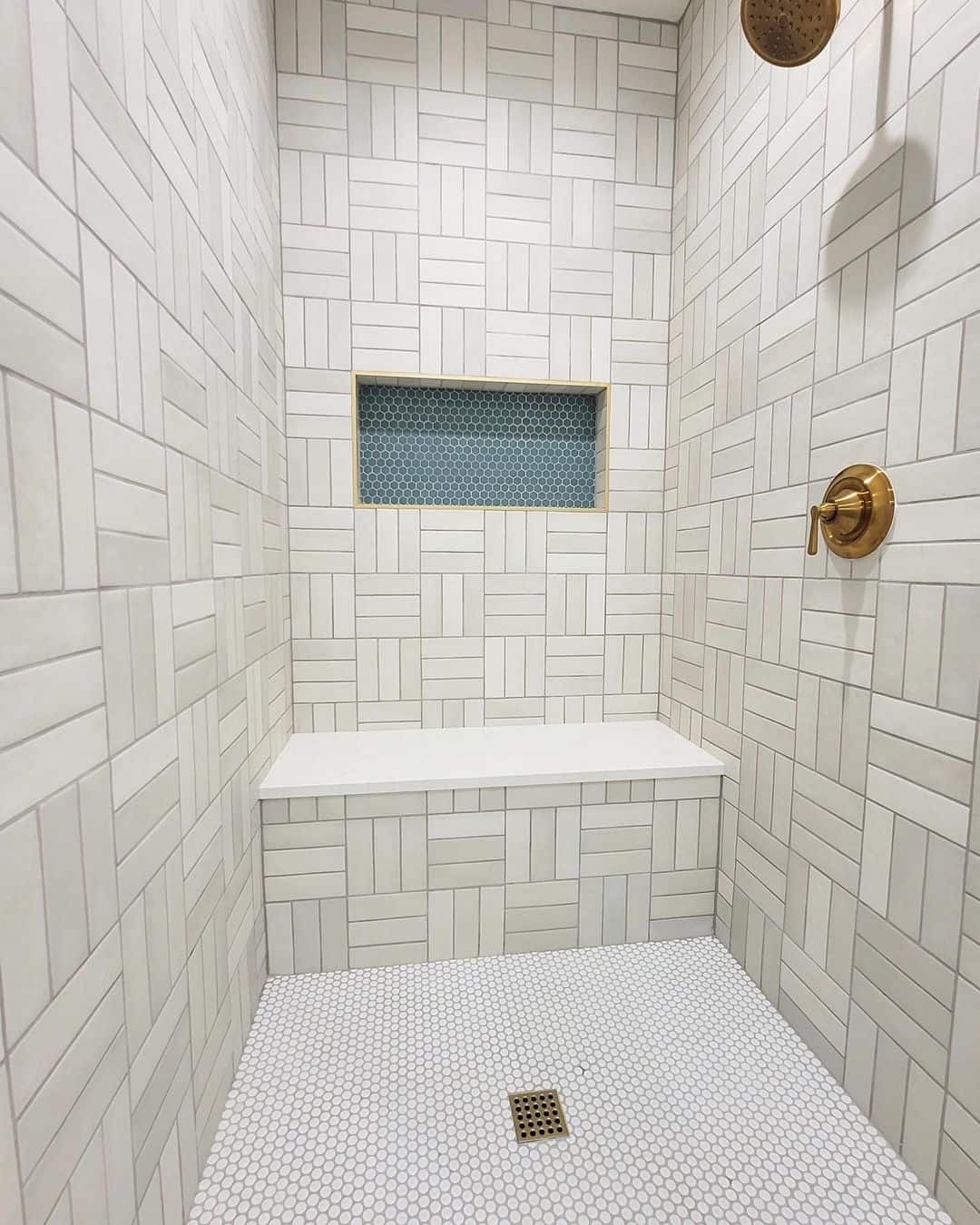
This pattern resembles the stitching commonly found on woven baskets and gives a unique visual appearance- to the naked eye, it appears that tiles are woven over and under each other.
Although it seems like a highly complicated project, it actually is not. This pattern was widespread in the 19th century, and many tended to use it with natural stone materials such as marble or onyx.
However, if you opt for these materials, research their price ranges and accessibility.
9. Grid Tile Pattern
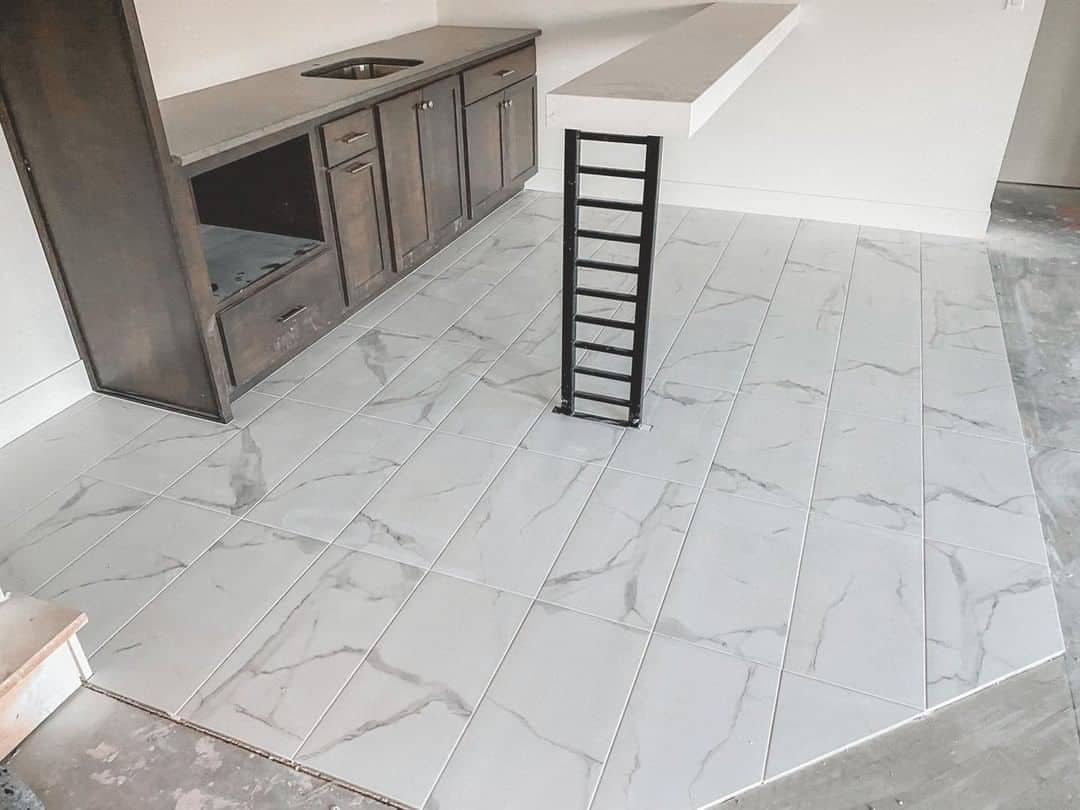
The grid tile pattern is one of the most common patterns found in kitchens and bathrooms due to its easy installation and application. This traditional look is created by laying square tiles in straight lines, and the grout lines give the grid appearance.
Although it might be a boring design for some, you can utilize its simplicity to enhance other room features, depending on where you plan to install this pattern.
If you want to avoid a sterile and boring layout, go for colored tiles or a specific tile pattern to break the monotony.
Conclusion
The type of tile pattern refers to the form of installation or combination of tiles rather than a specific design found on a tile. Some people tend to mix the terms- you can use the same tiles to create a unique pattern, such as basket weave, and you can use tiles with a design.
Combining colored or patterned tiles to create a pattern will probably overwhelm the space and give you the opposite of what you wanted. So, as you can see, there are numerous patterns that ultimately depend on your budget, taste, and needs.
Which pattern of tile is the best for you? Please share your experience with us! If you have any questions, do not hesitate to ask!